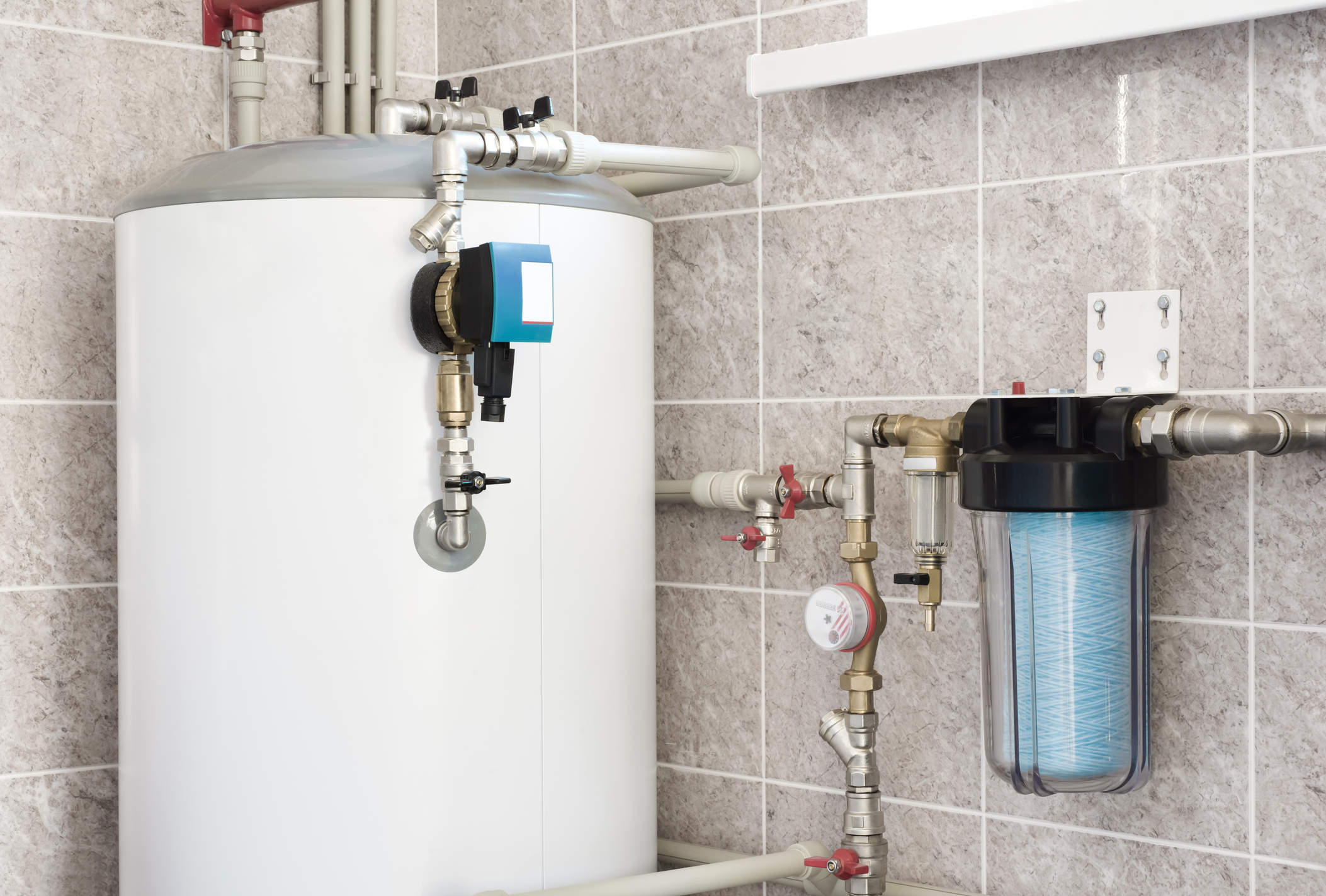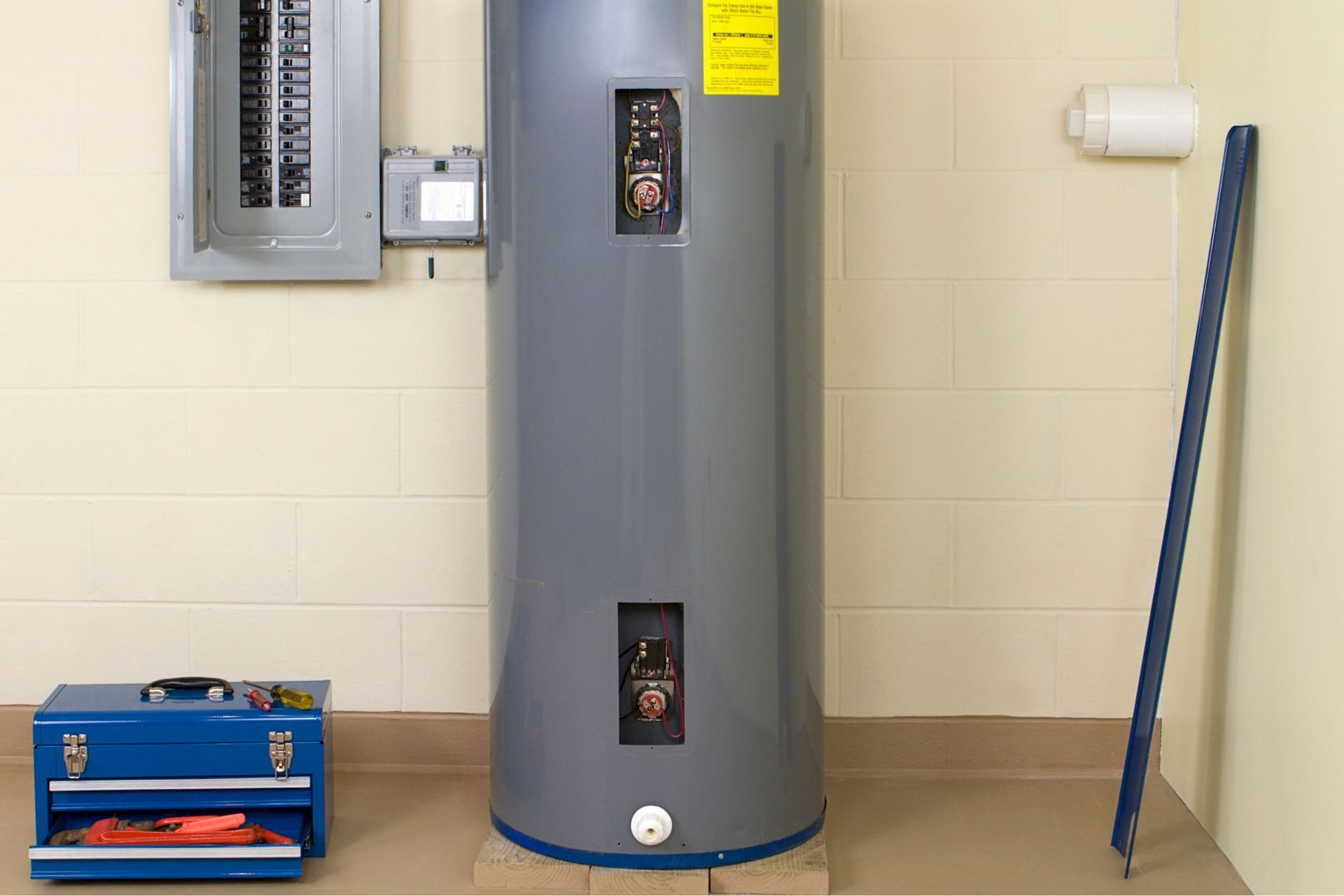Easy Ways to Maintain Your Home's Hot Water System Effectively
Book Service NowWe've found this post involving Tips For Maintaining Your Hot Water Heater directly below on the web and figured it made perfect sense to quickly share it with you on this page.

Warm water is crucial for day-to-day convenience, whether it's for a rejuvenating shower or cleaning dishes. To guarantee your hot water system runs successfully and lasts longer, normal maintenance is key. This article gives sensible tips and insights on how to maintain your home's warm water system to prevent disruptions and costly fixings.
Introduction
Preserving your home's warm water system may appear complicated, but with a few straightforward steps, you can guarantee it operates efficiently for many years to come. This overview covers whatever from recognizing your hot water system to do it yourself maintenance pointers and knowing when to hire specialist help.
Value of Maintaining Your Warm Water System
Normal maintenance not just prolongs the life-span of your hot water system however also ensures it runs efficiently. Ignoring maintenance can cause decreased effectiveness, greater energy expenses, and also premature failing of the system.
Indicators Your Hot Water System Requirements Upkeep
Knowing when your hot water system requires interest can protect against major problems. Keep an eye out for signs such as inconsistent water temperature level, strange sounds from the heating system, or corroded water.
Understanding Your Hot Water System
Prior to diving right into upkeep jobs, it's helpful to comprehend the fundamental parts of your warm water system. Generally, this consists of the water heater itself, pipes, anode rods, and temperature level controls.
Month-to-month Maintenance Tasks
Regular regular monthly checks can assist capture minor issues before they intensify.
Purging the Hot Water Heater
Purging your hot water heater removes sediment buildup, enhancing effectiveness and lengthening its life.
Monitoring and Changing Anode Rods
Anode rods prevent corrosion inside the tank. Examining and replacing them when worn is vital.
Evaluating and Adjusting Temperature Settings
Adjusting the temperature level setups makes certain optimum efficiency and safety.
DIY Tips for Upkeep
You can execute numerous upkeep jobs on your own to keep your warm water system in top condition.
Checking for Leakages
Regularly inspect pipelines and links for leakages, as these can cause water damages and higher bills.
Testing Stress Alleviation Valves
Testing the stress safety valve guarantees it works correctly and prevents too much stress build-up.
Protecting Pipes
Insulating warm water pipelines decreases heat loss and can save power.
When to Call an Expert
While DIY maintenance is valuable, some concerns need professional competence.
Complex Concerns Needing Expert Aid
Instances include significant leakages, electrical troubles, or if your hot water heater is regularly underperforming.
Regular Expert Maintenance Conveniences
Specialist upkeep can consist of comprehensive inspections, tune-ups, and making certain compliance with safety and security standards.
Verdict
Regular upkeep of your home's hot water system is crucial for effectiveness, longevity, and price financial savings. By following these ideas and knowing when to look for professional aid, you can guarantee a reliable supply of warm water without unforeseen disturbances.
How to Maintain an Instant Hot Water Heater
Before tinkering with your hot water heater, make sure that it’s not powered on. You also have to turn off the main circuit breaker and shut off the main gas line to prevent accidents. Also turn off the water valves connected to your unit to prevent water from flowing into and out of the appliance. 2. When you’re done, you have to detach the purge valves’ caps. These look like the letter “T†and are situated on either side of the water valves. Doing so will release any pressure that has accumulated inside the valves while at the same time avoid hot water from shooting out and burning your skin. 3. When the purge valves’ caps are removed, you have to connect your hosing lines to the valves. Your unit should have come with three hoses but if it didn’t, you can purchase these things from any hardware or home repair shops. You can also get them from retail stores that sell water heating systems. Read the user’s manual and follow it to complete this task properly. When the hosing lines are connected, open the purge port’s valves. 4. You should never use harsh chemical cleaners or solutions when cleaning your unit. Make use of white vinegar instead. It should be undiluted and you’ll probably use about 2 gallons. 5. Now flush your water heater. This task should probably take about 40 minutes. We can’t give you specific directions for this because the procedure is carried out depending on the type, model and brand of your heater. With that being said, refer to the user’s manual. 6. When you’re done draining the unit, you have to turn off the purge port valves again. Remove the hosing lines that you earlier installed on each of the water valves. Put the valve caps (purge port) back in their respective places and be very careful so as not to damage the rubber discs that are found inside these caps. 7. Now that everything’s back in place, check your user’s manual again to find out how to reactivate your water heating system. 8. Once it is working, turn one of your hot water faucets on just to let air pass through the heater’s water supply pipes. Leave the tap on until water flows smoothly out of it. https://www.orrplumbing.com/blog/2014/september/how-to-maintain-an-instant-hot-water-heater/

We had been guided to that write-up about Tips on Maintaining a Water Heater from a friend on a different website. Appreciated our review? Please share it. Help other people check it out. I am grateful for your time. Return soon.
Hire A Pro